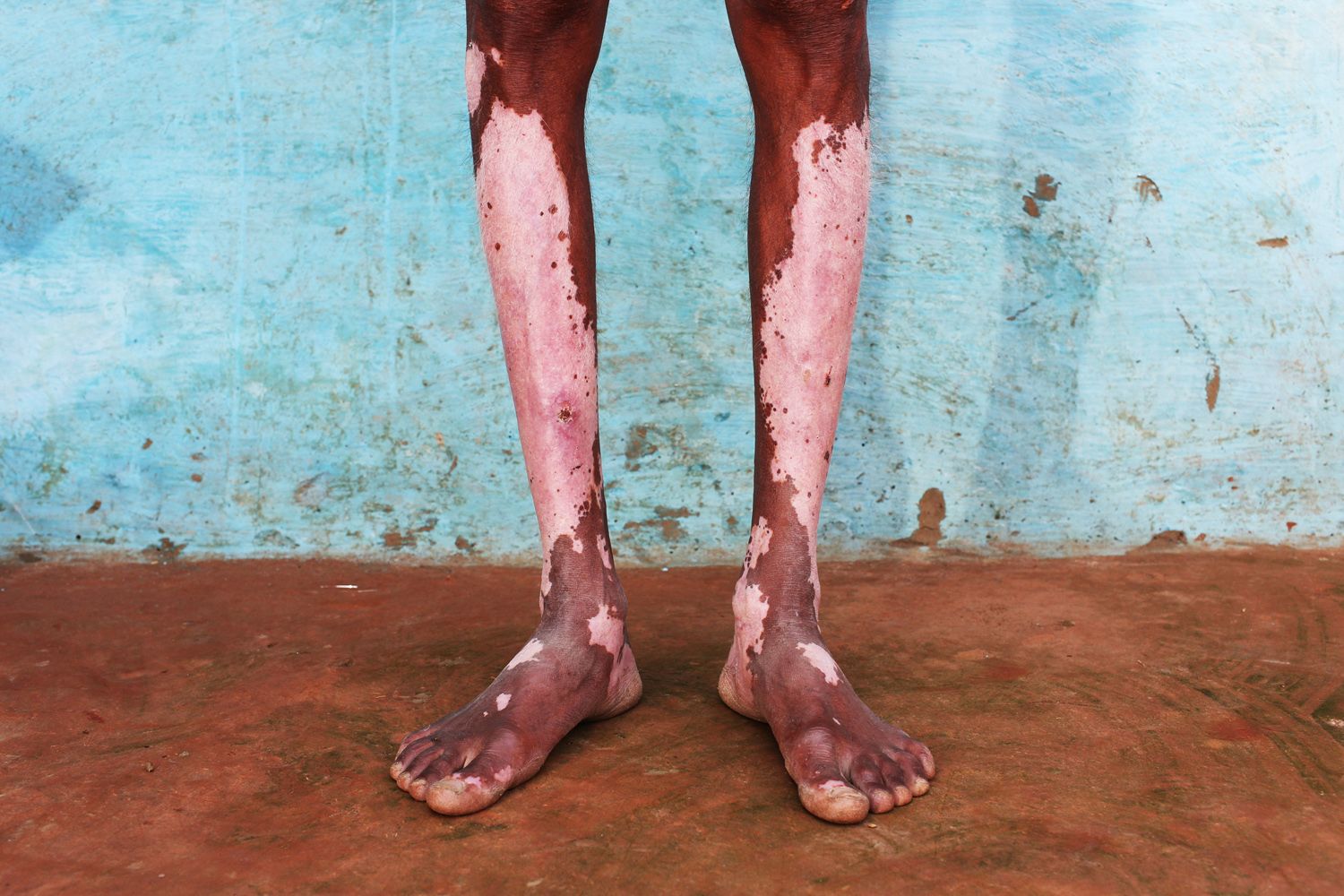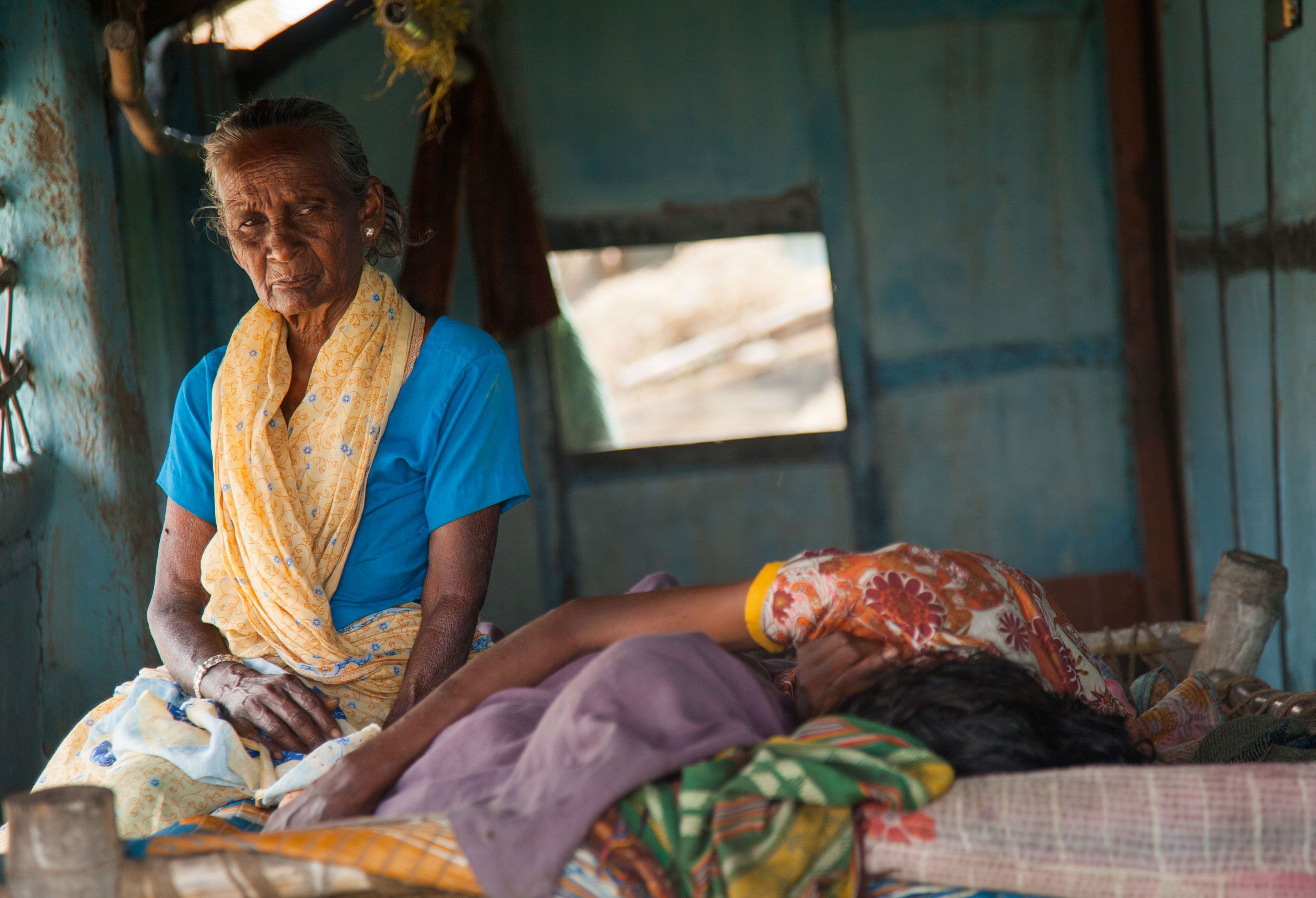Before the April 2015 earthquake and its powerful aftershocks rocked Nepal, killing over 9,000 people, the country already had weak water and sanitation infrastructure. About a year earlier, an outbreak of Hepatitis E killed a dozen people and infected more than a thousand in the east of the country. Patients sick with the virus overwhelmed the hospitals.
Then the earthquakes came. Thousands of Nepalese still live in crowded tent camps, afraid to return home. In many of these camps there are few sanitation options. Health experts worry that Nepal's annual heavy rains will carry human feces into already broken water pipes, with potentially devastating consequences.
In this lesson we'll explore the causes and consequences of the fragile water and sanitation infrastructure in Nepal. We'll also look at reporting on the water systems in Nigeria, where community members sometimes walk miles for clean water, and a film about water pollution as a result of leather production in India. In all three cases, people get sick and die because they lack a basic human right: clean water. Whose responsibility is it to provide them with this necessity?
This lesson examines the causes and consequences of Nepal's fragile water and sanitation infrastructure, as well as similar issues in Nigeria and India. Teachers should note that a woman is shown in the Nepal/New York Times video both before and just after her death.



